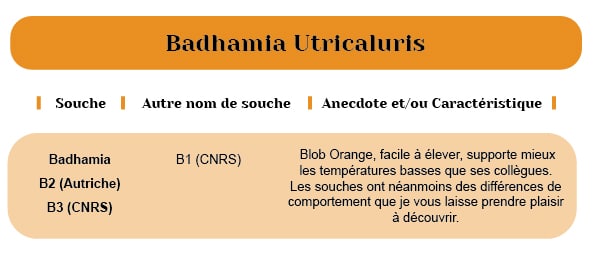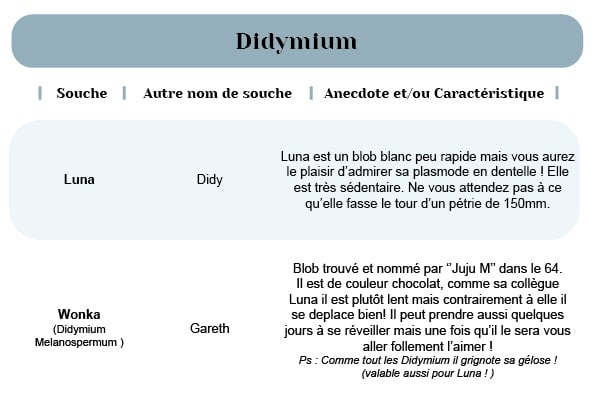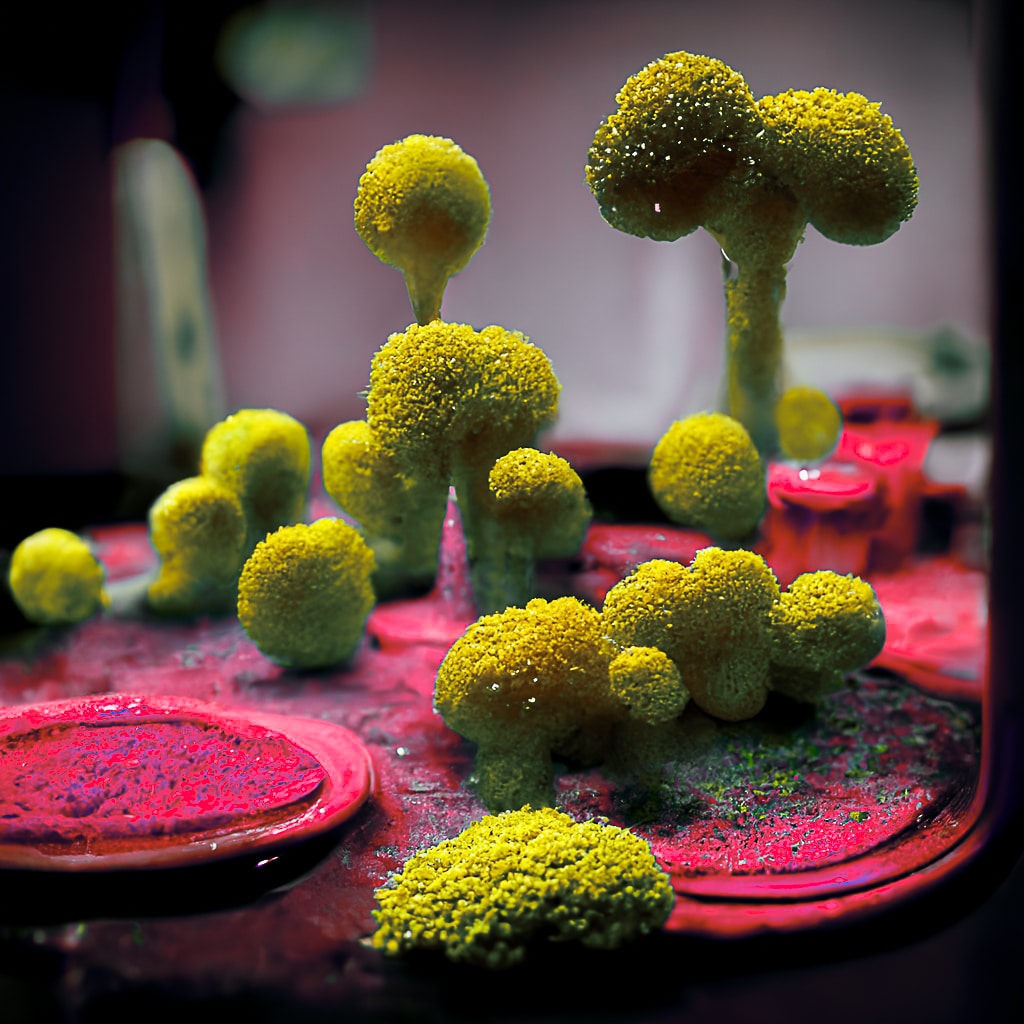

LOUDIW TIPS
If you or your toddlers are like us, passionate about blobs, you have no doubt realized that there are several different strains of blobs. You have probably seen them on our site or elsewhere, there are plenty of them. Maybe you even have several at home… I therefore suggest that you clear up all this a bit to see more clearly.
First, let's recall what a strain is. A strain is actually an individual. So, if you have for example a Physarum Polycephalum of the “lu 352” strain and you cut it in half, you will not have two different blobs, but two “lu 352”, because they have exactly the same genetic code.
Now let's imagine you're like me a bit curious and you put two different strains together. Three things can happen:
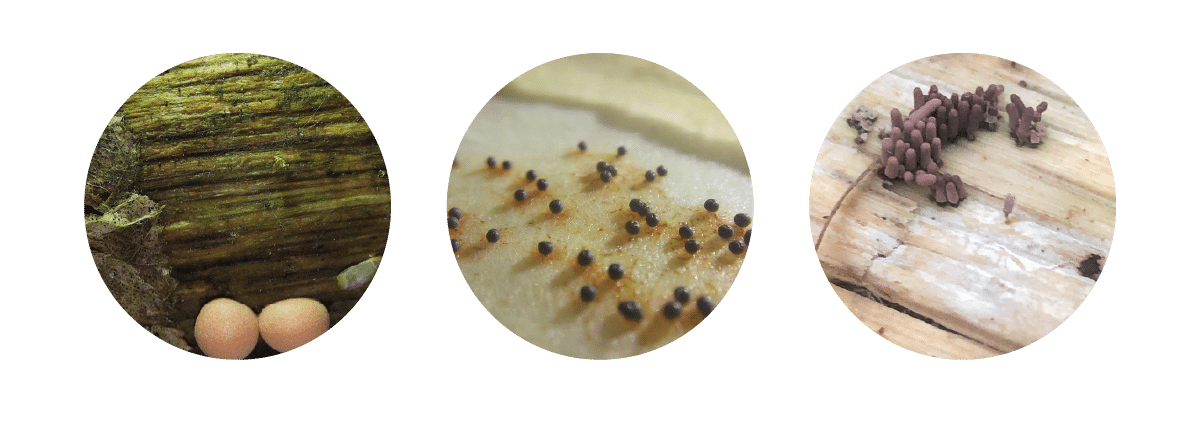
First, if the strains are genetically identical, they will merge. You will be able to notice it thanks to a special vein called the “fusion vein”.
Secondly, if the two strains are very different, they can either live together, tolerate each other, or ignore each other. And in the last case, they can even overlap. And here, I'm not telling you how difficult it becomes to know which is which (unless they have different colors, of course)
Thirdly, it is possible for one strain to eat the other. Yes, it might sound a bit scary! Audrey Dussutour, a great Blob specialist in France, was able to observe this with an American blob directly attacking a Japanese blob. If so, you will see that the blob that was eaten leaves a small greenish trace (yum yum?)
The trick: when doing fusion tests, I strongly advise you to do a “timelapse” over several hours in order to really see what they are doing. Besides, I will soon prepare a tutorial article on it!
Keep in mind that checking your strains will always be quite a tedious task, as today it is still difficult to have a foolproof method outside of a genetic comparator, or to compare spores (when the blob starts to sporulate).
By the way, if you perform fusion tests, do not hesitate to share them with us. We would love to see them and chat with you!
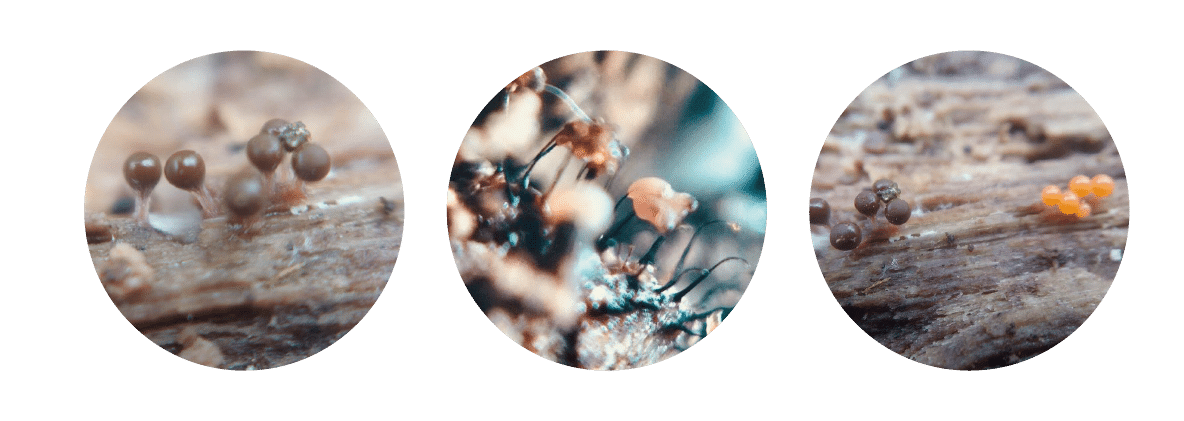
At Blobshop, we insist on transparency and ensure that the blobs available are all authenticated (we say that because not everyone does, anyways)
And since there is no official repertoire of strains, I embarked on this gigantic epic of identification! I did a lot of information research and performed the merge tests with the blobs with different names. And yes ! Because the blobs are "baptized" either by the first person who discovers them, or by Audrey Dussutour, or by the retailer who puts them into circulation).
We invented at Blobshop for example the names of Ava, Charly, Luna, Rosa… We are so proud! Besides, if you yourself find a blob in your blobarium on the stump of wood, or in nature, and no one has ever found it, you can find a little name for it! So cute!
I therefore offer you here the results of my research, the fruit of a long and fascinating work, in the form of a table. I sincerely wish you wonderful discoveries and experiments!

